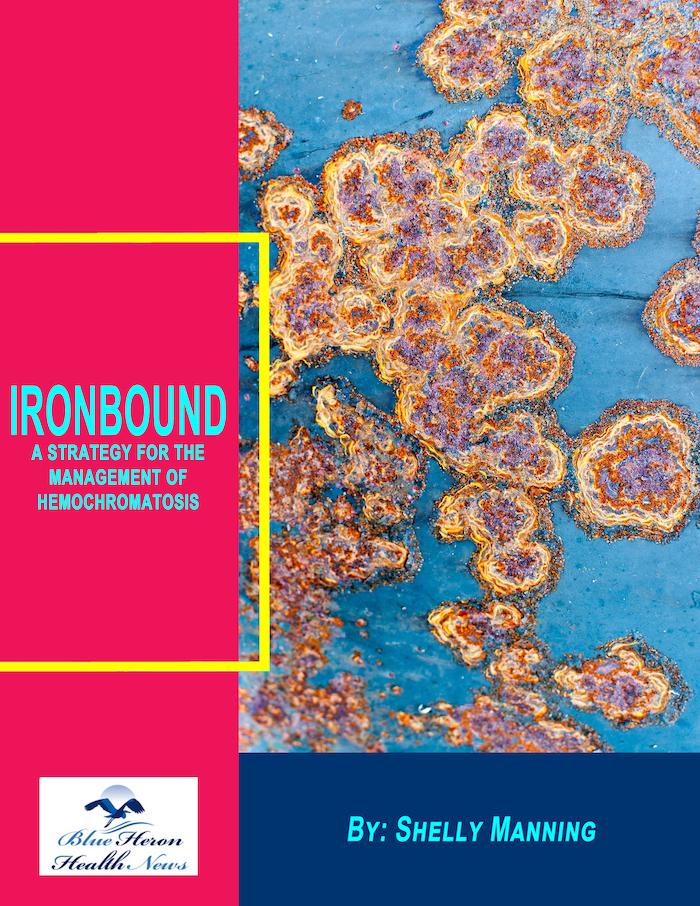Ironbound™ A Strategy For The Management Of Hemochromatosis By Shelly Manning if you are suffering from the problems caused by the health condition of HCT due to excess amount of iron in your body then instead of using harmful chemical-based drugs and medications you are recommended to follow the program offered in Ironbound Shelly Manning, an eBook. In this eBook, she has discussed 5 superfoods and other methods to help you in reducing the level of iron in your body in a natural manner. Many people are benefited from this program after following it consistently.
What is the difference between LDL and oxidized LDL?
The key difference between LDL (low-density lipoprotein) and oxidized LDL (ox-LDL) lies in their chemical composition and role in cardiovascular health. Here’s a detailed comparison:
1. LDL (Low-Density Lipoprotein)
- Function:
LDL is often referred to as “bad cholesterol” because it transports cholesterol from the liver to cells throughout the body. This is essential for cell membrane formation and hormone production. - Structure:
LDL consists of a lipid core surrounded by a protein shell (apolipoprotein B-100). It carries cholesterol, phospholipids, and triglycerides. - Health Implications:
Elevated levels of LDL are associated with an increased risk of atherosclerosis (plaque buildup in arteries), which can lead to heart disease and stroke.
2. Oxidized LDL (ox-LDL)
- Formation:
Oxidized LDL is formed when LDL particles undergo oxidation due to exposure to free radicals (reactive oxygen species). This occurs primarily in the arterial walls. - Structural Changes:
- The lipid components (especially polyunsaturated fats) in LDL are chemically modified.
- Apolipoprotein B undergoes structural damage, altering the behavior of the LDL particle.
- Health Implications:
- Highly Atherogenic: ox-LDL is more dangerous than regular LDL because it triggers a stronger inflammatory response.
- Foam Cell Formation: Macrophages engulf ox-LDL, turning into foam cells, a key component of arterial plaques.
- Endothelial Dysfunction: ox-LDL damages the lining of blood vessels, promoting plaque development and arterial hardening.
Key Differences
| Characteristic | LDL | Oxidized LDL (ox-LDL) |
|---|---|---|
| Role | Cholesterol transport | Promotes atherosclerosis |
| Composition | Intact lipids and apolipoproteins | Chemically altered lipids and apolipoproteins |
| Interaction with Immune System | Less reactive | Highly inflammatory |
| Atherogenicity | Moderate | High |
| Stability | Stable | Chemically unstable |
How to Reduce Oxidized LDL
- Antioxidant-Rich Diet: Consume foods high in antioxidants (e.g., berries, green tea, dark leafy greens).
- Healthy Fats: Opt for monounsaturated fats (like olive oil) and omega-3 fatty acids.
- Limit Processed Foods: Reduce intake of trans fats and fried foods.
- Lifestyle Changes: Quit smoking, manage stress, and engage in regular exercise.
- Control Risk Factors: Manage diabetes, hypertension, and maintain healthy cholesterol levels.
Would you like suggestions for specific antioxidant-rich foods or supplements?

Ironbound™ A Strategy For The Management Of Hemochromatosis By Shelly Manning if you are suffering from the problems caused by the health condition of HCT due to excess amount of iron in your body then instead of using harmful chemical-based drugs and medications you are recommended to follow the program offered in Ironbound Shelly Manning, an eBook. In this eBook, she has discussed 5 superfoods and other methods to help you in reducing the level of iron in your body in a natural manner. Many people are benefited from this program after following it consistently.